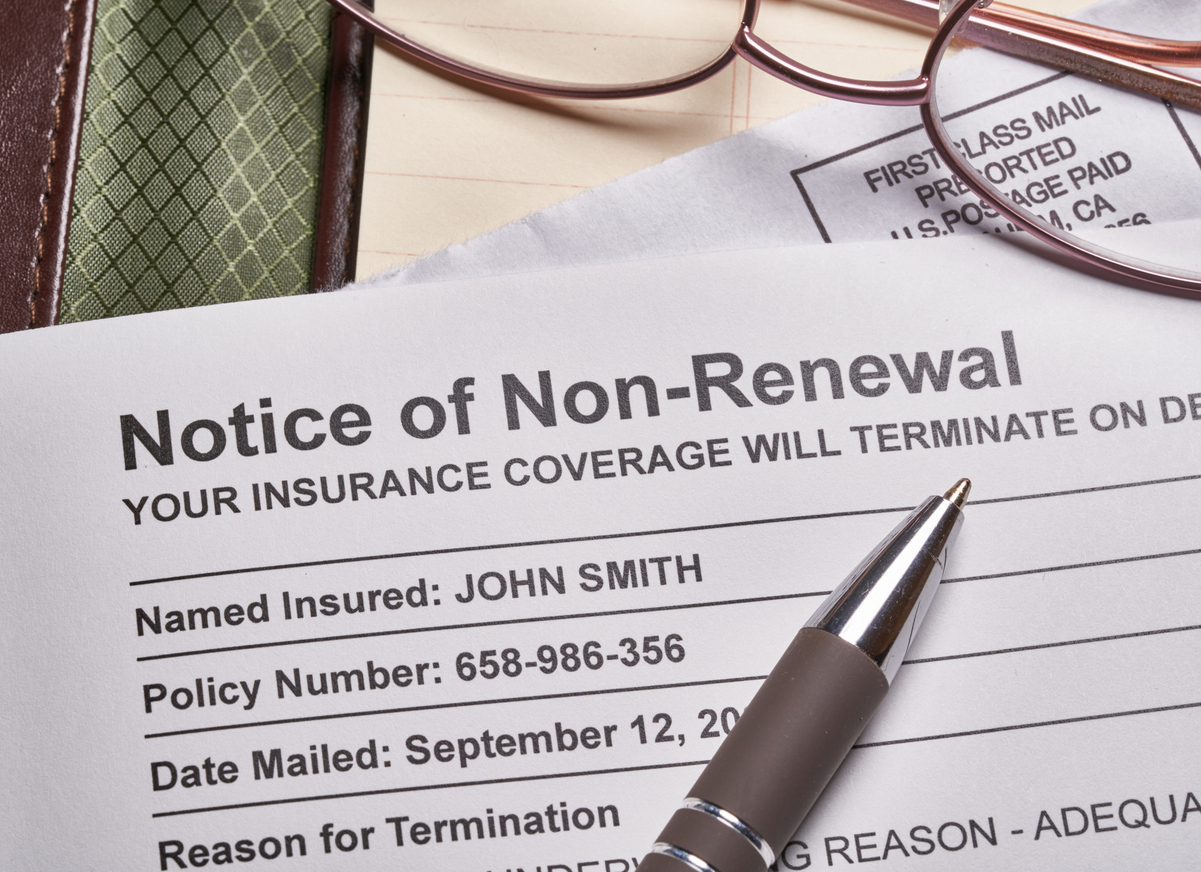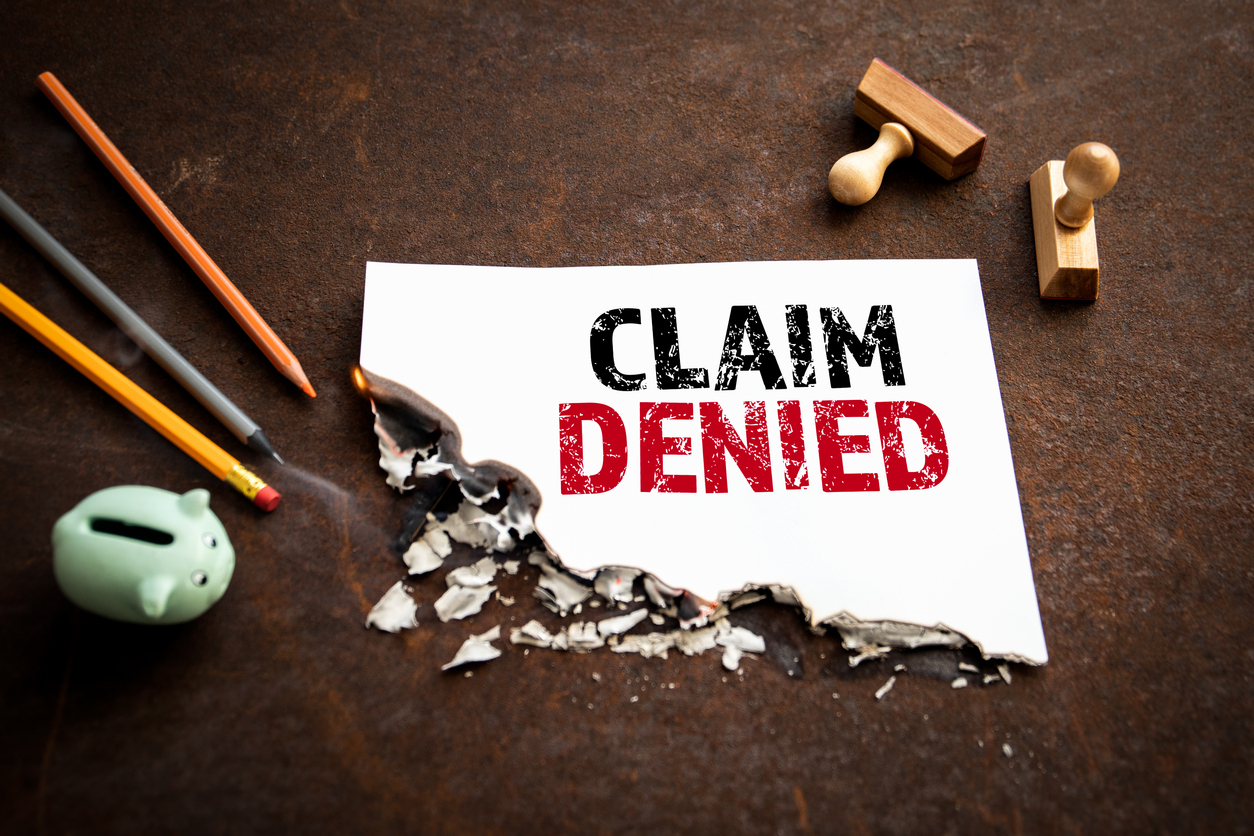With wildfire season in full swing, it is worth revisiting the laws surrounding the deadlines to file suit and ensuring that coverage counsel properly writes the lawsuit to avoid dismissal. Last week, a federal court ruled that an insured’s lawsuit was filed too late based on the allegations the insured herself set forth. The court ruled, consistent with California law, that the deadline is firm and missing the deadline bars the lawsuit. The case is Rosenberg-Wohl v. State Farm Fire & Casualty Company.1
Before jumping into the case itself, it is vital that we revisit the basic rules. If you open your lengthy insurance policy and turn toward the end you will likely find a section titled “Conditions.” Within that you will almost certainly see a clause titled “Suit Against Us” or “Suit Limitations.” These sections state that the insured must bring any lawsuit within a specified time period after the date of loss. The date of loss is the date the damage occurred that is the subject of the claim. Most policies in California limit the deadline to one or two years from the date of loss. Thus, these policies state that the claimant must bring their lawsuit within one or two years from the date the damage occurred that is the subject of the claim. California law is clear that these are almost always enforceable if they provide at least one year.2
If you are thinking that one or even two years is too strict—as most claims are not resolved within one or even two years when you consider the rebuilding phase—you would be thinking consistently with California courts. California law also states that the suit limitations period starts on the date of loss but is paused (or “tolled”) when the claim is submitted. In other, legal words, the limitations period is tolled “from the time an insured gives notice of the damage to his insurer, pursuant to applicable policy notice provisions, until coverage is denied.”3 We like to think of a stopwatch – you hit start when the loss occurs, and you hit pause when you file the claim. When the claim is closed or denied, you hit the start button again, continuing to run the time from the point it was paused at claim submission. The stopwatch can be paused again if the claim is formally reopened, but that must occur before the stopwatch runs out.4 The only other way to revive the right to bring suit would be to have the insurance company formally agree that they are resetting the deadline to file suit. In our experience, when asked, many insurance companies will agree to this if they are genuinely reconsidering the claim.
In the recent decision Rosenberg-Wohl, the insured filed her case too late, and her lawsuit was dismissed. Notably, the lawsuit was dismissed right after the insured filed it, as the court found the insured’s own allegations showed that her case was time-barred. In the complaint, the insured alleged that she owned a home and insured it with State Farm, with a policy stating the insured has one year to file suit from the date of loss.5 She alleged that in approximately 2019, she began noticing problems with stairs in front of her house causing elderly visitors to lose balance and fall.6 She alleged that she contacted State Farm on or about April 23, 2019, reporting that the staircase had “just settled.”7 She alleged that on July 23, 2019, a State Farm “representative” very briefly inspected the site; that on August 9, 2019, she formally opened the claim; and that on August 26, 2019, State Farm denied the claim citing the exclusions for wear, tear, and settling, among others.8 She alleged that she followed up with an “inquiry” on August 24, 2020, where the State Farm representative allegedly stated that the claim was “reopened.”9 Following this, she alleged that State Farm denied the claim again by a letter of the same date referring to the prior denial and reasoning.10
Applying the rules discussed above, the court found that even accepting the insured’s allegations as true, the case was time-barred. The court held that one year had passed before suit was filed, even considering California’s laws on tolling. The court found that the one-year deadline started running on the April 23, 2019, inspection date even though the claim was not formally opened yet, because the policy language said the stopwatch runs from the date of loss, not the date the claim is opened.11 The court further held that the one-year stopwatch started running on April 23, 2019; was paused (or “tolled”) for 17 days from August 9 to August 26, 2019, when the claim was submitted and then denied; and that the stopwatch then ran again from the point it had been paused, expiring long before the insured filed suit on October 22, 2020, over 17 months later.12 The court thus held the suit was time-barred.
The insured argued in response that State Farm waived (or knowingly gave up its right to enforce) the suit limitations clause by reopening the claim during the alleged phone call on August 24, 2020. The court rejected the argument, citing well established California law. The court explained, “It is settled law that a waiver exists whenever an insurer intentionally relinquishes its right to rely on a limitations provision in an insurance contract.”13 “For example, if the insurer expressly extends the one-year suit provision during its claim investigation, the insurer waives its right to raise a timeliness defense to the insured’s action.”14 However, the court explained, “[S]imilar conduct by the insurer after the limitation period has run—such as failing to cite the limitation provision when it denies the claim, failing to advise the insured of the existence of the limitation provision, or failing to specifically plead the time bar as a defense—cannot, as a matter of law, amount to a waiver or estoppel.”15 Applying this law to the facts, the court held, “The reopening of the claim thus took place after the one-year period had run. It cannot amount to waiver as a matter of law.16
The decision in Rosenberg-Wohl reminds us that the law on deadlines to file suit should never be missed. They are hard and fast – not something that can be forgiven or excused even by negligence. The case proves why insureds need to pay careful attention not only to the rules setting the deadline to filing suit, but also that their lawyers need to pay careful attention to how they draft lawsuits. This is also yet another example in a long line of unfortunate cases that insurance law is unique, complicated, and that therefore, choosing an expert who practices only in this area provides a distinct advantage.
_________________________________________
1 Rosenberg-Wohl v. State Farm Fire & Cas. Co., No. 20-cv-09316, 2021 WL 4243389 (N.D. Cal., Sept. 17, 2021).
2 Id. at *6; C & H Foods Co. v. Hartford Ins. Co., 163 Cal. App. 3d 1055, 1064 (1984).
3 Id. at *6; Prudential-LMI Com. Ins. v. Superior Ct., 51 Cal. 3d 674, 693 (1990).
4 Id. at *6, citing Prudential-LMI, 51 Cal. 3d at 689.
5 Id. at *1.
6 Id.
7 Id.
8 Id. at *1-2.
9 Id. at *6.
10 Id.
11 Id. at *6.
12 Id. at *5-6.
13 Id. at *6, citing Prudential-LMI, 51 Cal. 3d at 689.
14 Id., citing Prudential-LMI, 51 Cal. 3d at 690.
15 Id. at 690 n.5 (emphasis in original) (citing Becker v. State Farm Fire & Casualty Co., 664 F. Supp. 460, 461-62 (N.D. Cal. 1987)); see Safeco Ins. Co. v. Morrell, 936 F.2d 579, 1991 WL 106292, at *2 (9th Cir. Jun. 18, 1991) (holding that letter that “acted to lull [the plaintiff] into delaying the filing of suit” could not have resulted in waiver or estoppel with respect to 12-month limitations period where the letter “was written after the 12-month limitation period had run” (citations omitted)).
16 Id., See Prudential-LMI, 51 Cal. 3d at 690 n.5; Gordon v. Deloitte & Touche, LLP Grp. Long Term Disability Plan, 749 F.3d 746, 752 (9th Cir. 2014) (stating that “[u]nder California law, an insurance company cannot waive the statute of limitations after the limitations period has run.” (citing Aceves v. Allstate Ins. Co., 68 F.3d 1160, 1163 (9th Cir. 1995)). Cases in which courts have held that insurers have waived the one-year limitations period “involve situations where the carrier engaged in affirmative acts—such as promising to pay the claim or refusing to provide the insured with a copy of the policy that shows the twelve-month bar—to induce the insured to delay filing suit beyond the limitations period.” Stinson v. Home Ins. Co., 690 F. Supp. 882, 885 (N.D. Cal. 1988) (citing Muraoka v. Budget Rent–A–Car, 160 Cal. App. 3d 107, 116 (1984)).




